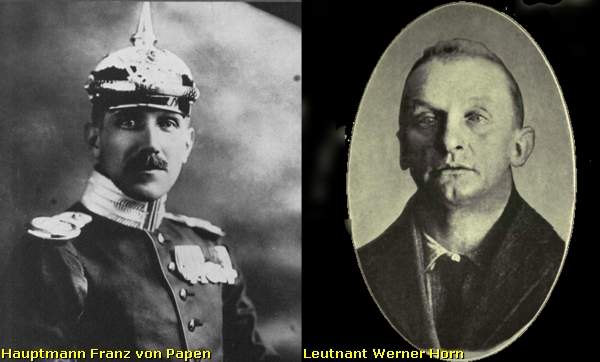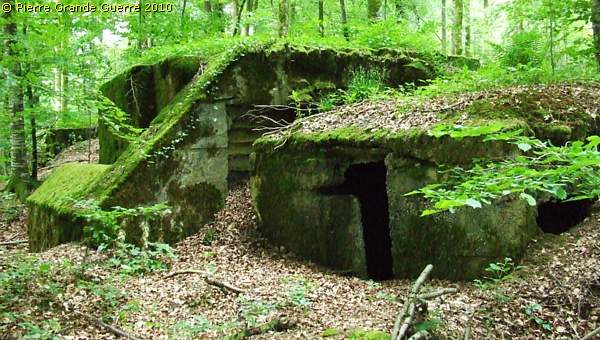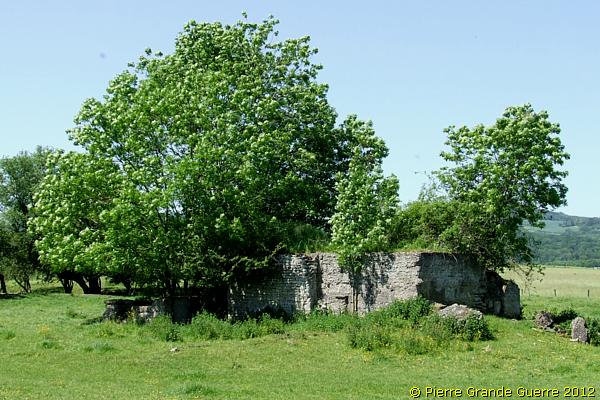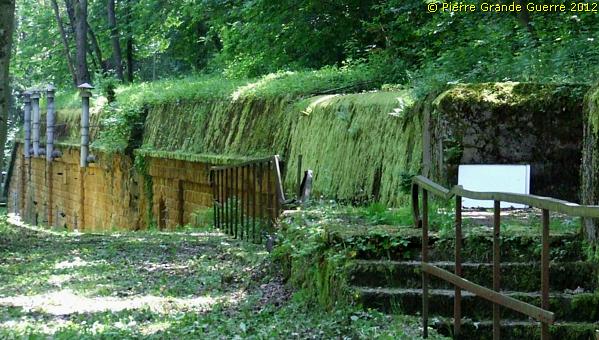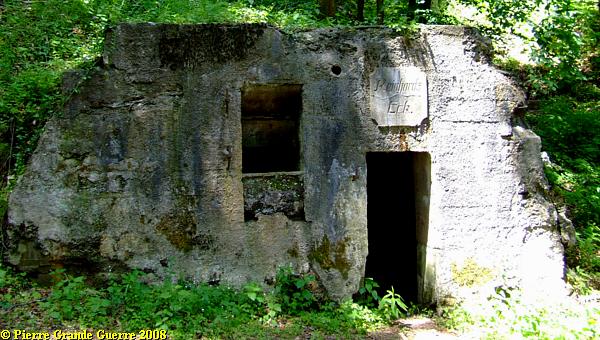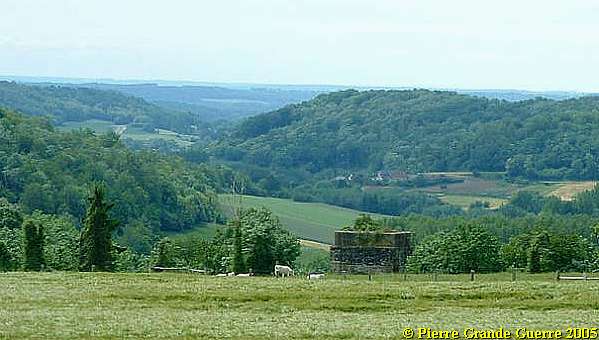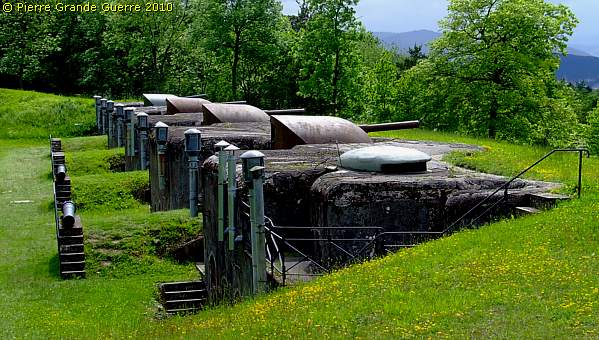SOMME BRITISH Sector - A Concise Introduction to the Battle of the Somme
Years of visit: 2005, 2007, 2008, 2010, 2011, 2012

We start on the D 929 from Albert to Bapaume, axis of the Battlefield of the Somme. On both sides of this road and on both sides of the banks of the river, the Battle of the Somme would rage on from 1 July until 18 November 1916. This chapter forms a concise introduction to the following Somme Battlefield Photo Impressions on this website to offer you some general historical background of its origins.
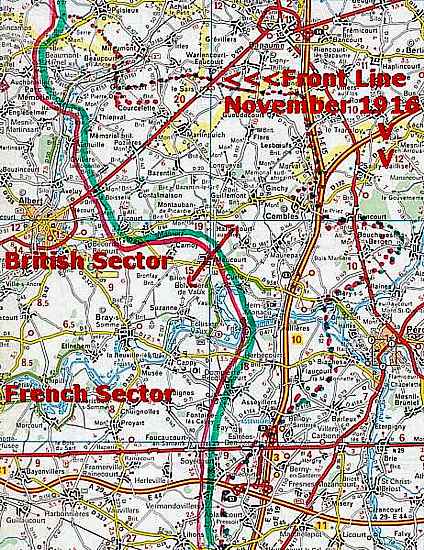
The view from the top of the Thiepval Memorial over the Franco-British War Cemetery reveals the landscape, across which the tragedy unfolded between July and November 1916.
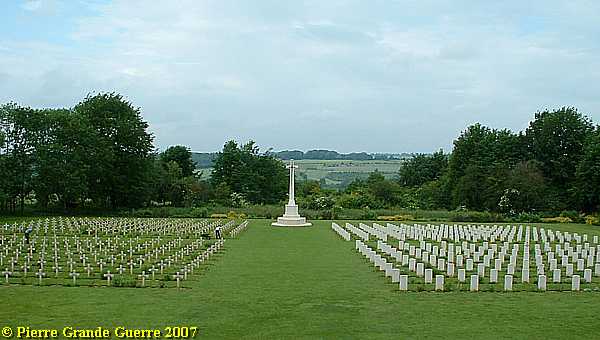
The Battle of the Somme

The Somme in 1916 marked the junction of the French and British armies on the Western Front.
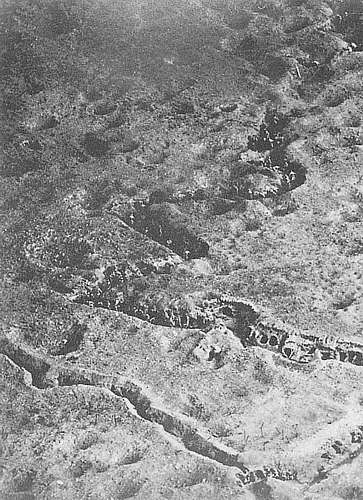
The German 2nd Army under General Von Below digged itself in with 16 divisions, in 3 lines of defense, and in heavily fortified and under tunneled villages and farms.
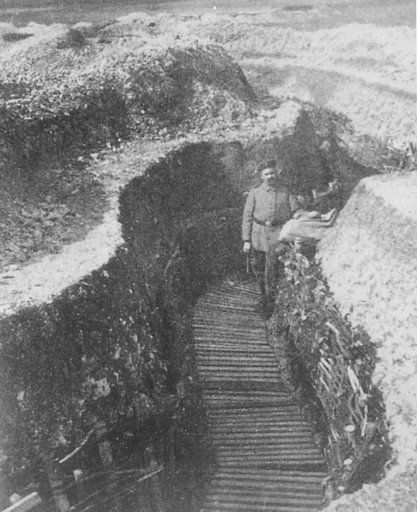
The Chantilly Conference
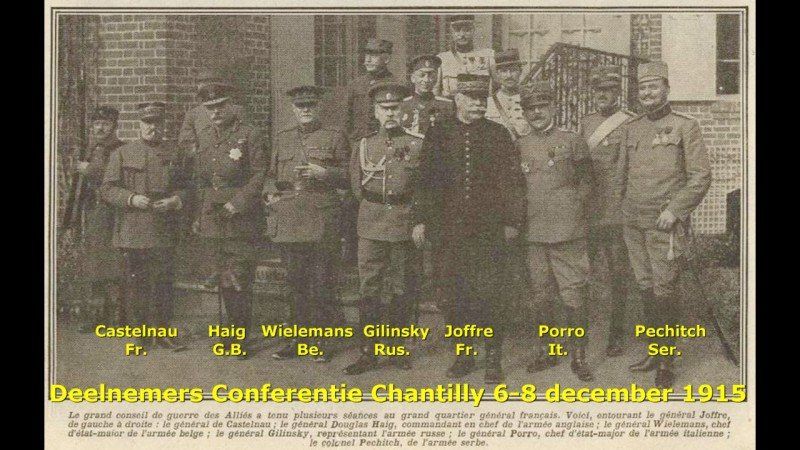
In December 1915, a strategic summit took place in Chantilly, at which "Généralissime" Joffre received high military representatives from all Allies.
Together they make agreements about a series of offensives for the spring and summer of 1916. As we shall see later, all those agreements about those other summer offensive elsewhere will later influence the course of the battle during the Battle of Verdun. The supreme commanders of the French and British armies, the Generals Joffre and Haig, made the decision to launch a joint Franco-British offensive in the summer of 1916 on the river Somme.
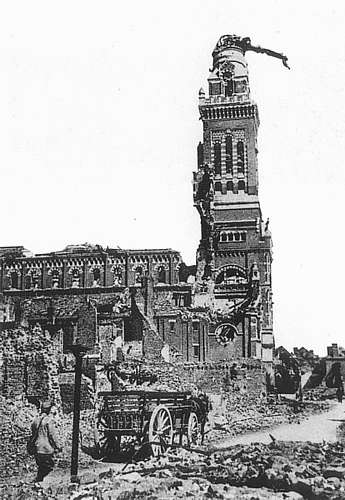
In June the General Haig assembled a massive force of troops in the villages around the destroyed town of Albert.

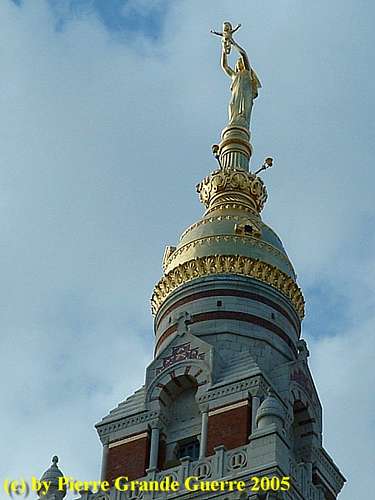
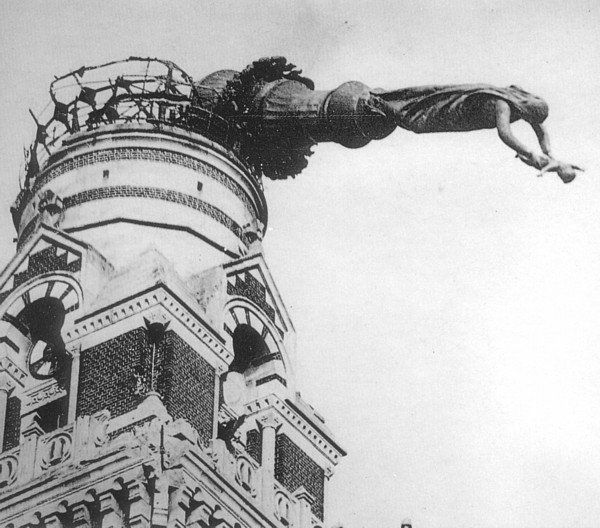
General Rawlinson assembled his 4th Army near villages like Mailly Maillet, ...

... and like Auchonvillers .
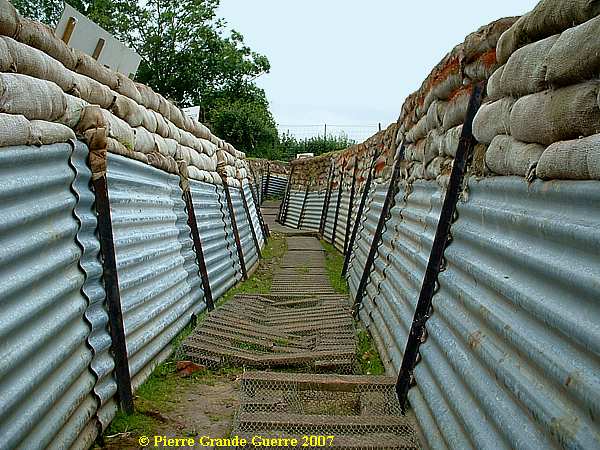
The British offensive started with a continious artillery bombardment of 7 days and 7 nights.

A German filmer made these images of the British artillery bombardment. The film (4 min. 6 sec.) shows the devastating shelling of the German trenches and German soldiers desperately looking for cover.
After the bombardment, on 1 July 1916, at 7.20 A.M. 17 huge mines were detonated, like the Hawthorn Mine on the Hawthorn Ridge near Beaumont Hamel .
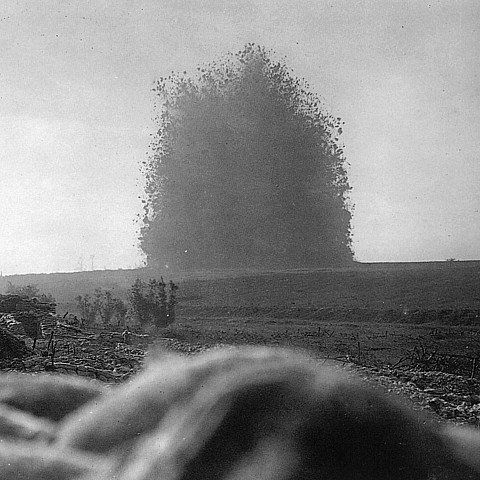
Or the mine explosion near La Boiselle , which caused this Lochnagar Crater .

After the mine explosions at 7.30 a.m. the British infantry went "over the top".

They came out of their trenches to attack.

The Germans had enough time to crawl out of their shelters and dug-outs. They immediately manned their machine gun posts and started their enfilading fire on the British soldiers.
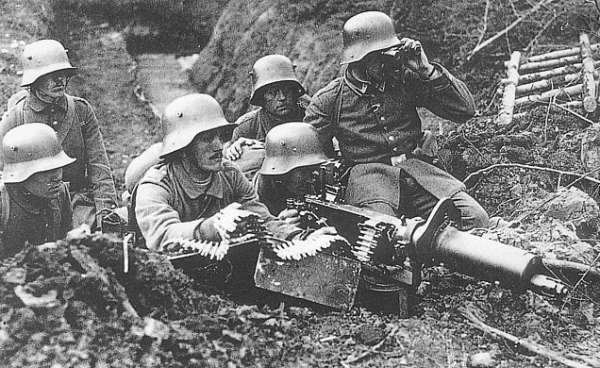
Most British units had severe numbers of casualties , and they had to withdraw to their original jump-off lines.
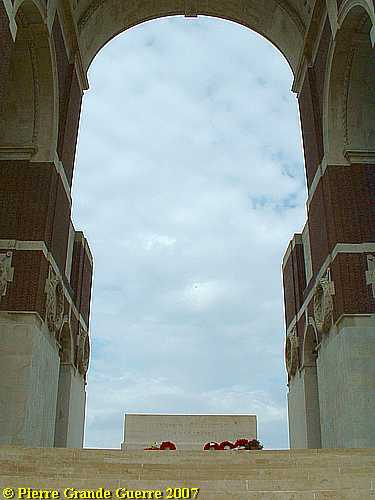
At the end of the first day the British had some successes , but not much . They had captured some of their objectives and made 4,000 prisoners . Mametz and Montauban were captured . But in Fricourt , La Boisselle, Thiepval , Beaumont Hamel, and Serre only the occasional impact had been made. As night fell , after 14 hours of fighting , these positions were firmly reduced by fierce German counter-attacks.
British casualties after the first day of Battle:
Killed
19.240
Wounded
35.493
Missing
2.152
P.O.W. 505
1 July 1916, is still considered as the Bloodiest Day in the history of the British Army .
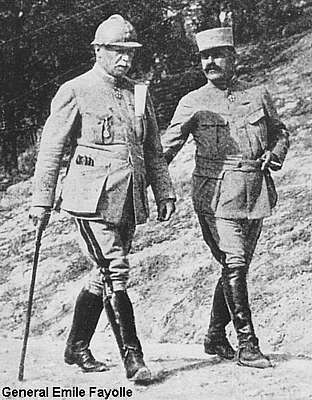
In the southern, French Front Sector , General Fayolle's 6th Army reached almost all it's objectives for the first day of the Battle.
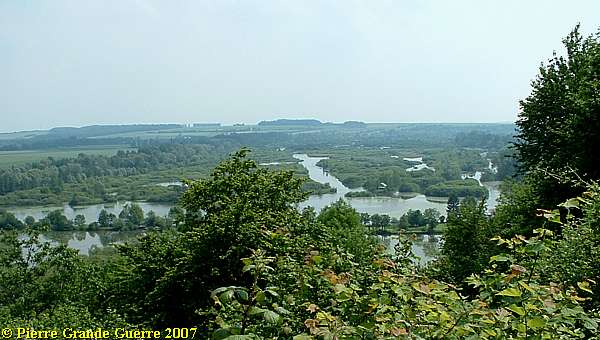
The Battle would continue until 17 November 1916.
Continue to the next chapter : " Auchonvillers - Communication Trench "Ocean Villas "
